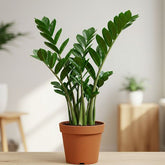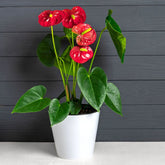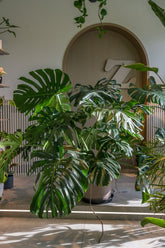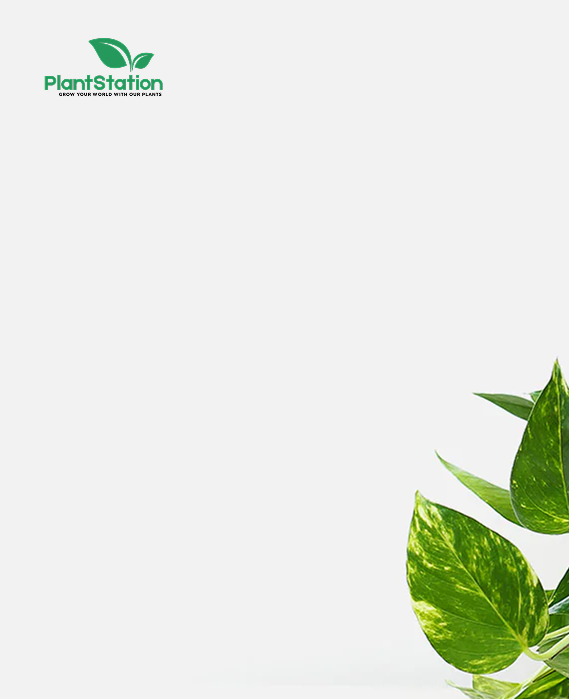Call Us +971 55 174 0095
Plantshop, Landscaping, Gardening & Plant Care Services



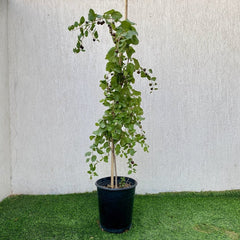
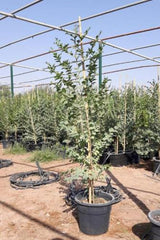

Sidr Tree (Ziziphus spina-christi)
- AED 120.00
- AED 120.00
- Unit price
- per
Couldn't load pickup availability
Description
xSidr Tree (Ziziphus spina-christi): A Sacred and Resilient Tree
The Sidr Tree, scientifically known as Ziziphus spina-christi, is a hardy, drought-tolerant tree native to the Middle East and parts of Africa. Revered for its ecological, medicinal, and nutritional value, the Sidr Tree produces small, nutritious fruits and dense foliage that provide shade and habitat for wildlife. Its resilience in arid climates and cultural significance make it a prized addition to gardens, farms, and reforestation projects.
5 Key Benefits of the Sidr Tree
1. Medicinal Uses
Sidr leaves, flowers, and honey are traditionally used in herbal remedies. Research shows that its extracts may support digestive health, reduce inflammation, and have antimicrobial properties.
2. Nutritional Value
The fruits of the Sidr Tree are rich in vitamins, minerals, and dietary fiber, making them a nutritious addition to diets and traditional foods.
3. Drought Tolerance
Sidr is highly drought-resistant, thriving in arid and semi-arid regions, making it suitable for water-wise landscaping and reforestation projects.
4. Soil Stabilization
Its deep root system helps prevent soil erosion and enhances soil fertility, contributing to sustainable land management practices.
5. Ecological and Cultural Significance
Sidr trees provide shade, improve local biodiversity, and are historically and culturally valued in many regions for their sacred and practical uses.
Potential Drawbacks
-
Slow-growing; may take years to reach full size and fruit-bearing potential.
-
Requires warm climates and may not tolerate frost.
-
Fruits can attract wildlife, which may require protection in cultivated areas.
-
Occasional pruning may be needed to maintain shape and health.
Frequently Asked Questions
1. Is the Sidr Tree drought-tolerant?
Yes. It thrives in arid and semi-arid regions, making it ideal for dry climates.
2. Are the fruits edible?
Yes. Sidr fruits are nutritious, rich in vitamins and minerals, and often used in traditional foods and beverages.
3. Does it have medicinal properties?
Yes. Its leaves, flowers, and honey are used in herbal medicine for digestive, antimicrobial, and anti-inflammatory benefits.
4. Can it be grown in cold climates?
No. Sidr prefers warm climates and does not tolerate frost.
5. Is it suitable for landscaping?
Yes. Its dense foliage provides shade, supports wildlife, and enhances garden aesthetics.
Final Verdict: Should You Grow a Sidr Tree?
Yes! The Sidr Tree is a resilient, multi-purpose plant offering nutritional, medicinal, and ecological benefits. Its drought tolerance, cultural significance, and ability to stabilize soil make it an excellent choice for gardens, farms, and sustainable landscaping projects.
Plant Care
xWatering
Water your plant once a week or when the soil starts to feel slightly dry on the surface. Keep the soil consistently moist, but be careful not to overwater, as this can cause brown spots and leaf drop. If the leaves become curly or dry, it's a sign that the plant needs water. It's best to water your plant in the early morning or late evening when the temperatures are cooler. Always check the soil before watering.Light
Provide bright indoor light or indirect sunlight for about 6 to 8 hours a day.Temperature
Maintain temperatures between 18°C and 24°C. Avoid exposing the plant to drafts, as these can cause undesirable temperature fluctuations. Mist the plant occasionally, about twice a week, to help maintain optimal humidity levels.Fertilizer
Apply liquid fertiliser every 15 days when the plant is actively growing. For best results, use Folikraft ready-to-use Indoor Plant Food.- Comodous:
- Comodous in tempor ullamcorper miaculis
- Mattis laoreet:
- Pellentesque vitae neque mollis urna mattis laoreet.
- Divamus de ametos:
- Divamus sit amet purus justo.
- Molestie:
- Proin molestie egestas orci ac suscipit risus posuere loremous
Related Products
Recently Viewed Products
- Choosing a selection results in a full page refresh.

